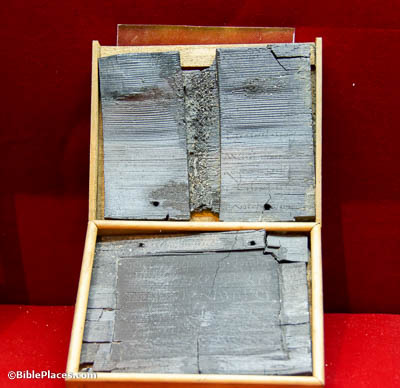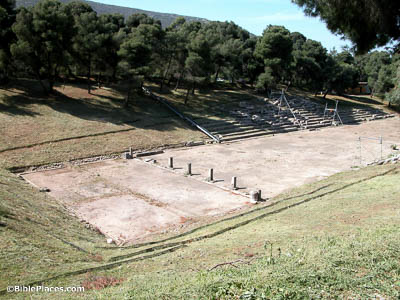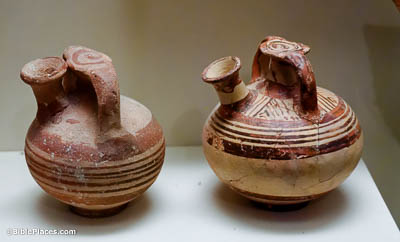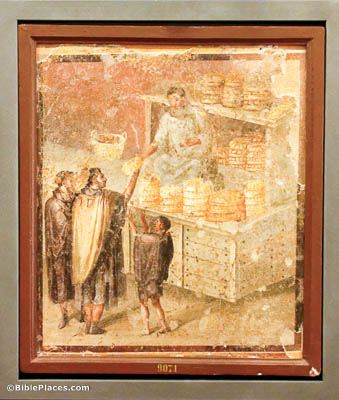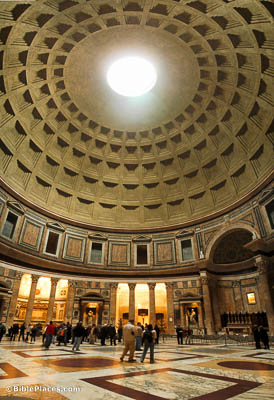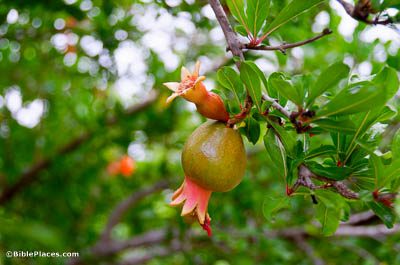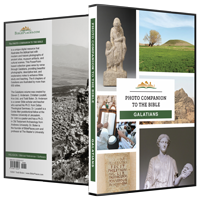I testify again to every man who becomes circumcised, that he is obligated to keep the whole law (Galatians 5:3).
The Mosaic Law is a comprehensive covenantal arrangement. This may be compared to the binding agreement between a debtor and loaner. Those who are under the Law cannot pick and choose which part they keep, any more than a debtor can choose how much he repays. Records of debt and repayment have been recovered from all over the ancient world, including this document from the Roman city of Pompeii, pictured here. This document, transcribed on wood, was burnt in the eruption of Mount Vesuvius in AD 79, but ultimately preserved by its ash. It was recovered from the house of Cecilio Giocondo.
